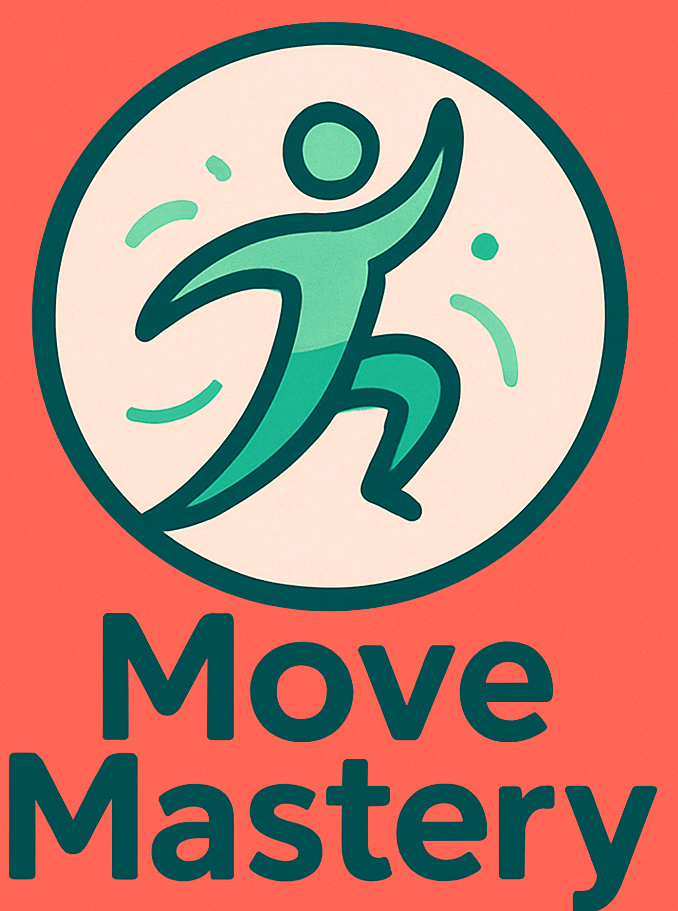
1. Setting Clear Goals: The Foundation of Motivation
- Understand the Significance of Setting Specific, Measurable, and Attainable Goals Setting clear goals gives direction to your workouts. Rather than saying, “I want to get fit,” be specific: “I want to lose 5 pounds in two months by exercising 4 days a week.”
Explore Examples of Short-Term vs. Long-Term Fitness Aspirations
- Short-Term Goal: Complete a 30-minute workout 3 times a week for the next month.
- Long-Term Goal: Build strength to perform 10 push-ups or run a 5K by the end of six months.
How to Track Progress to Maintain Motivation Over Time Use tools like fitness apps, journals, or spreadsheets to log your workouts and track your progress. Seeing improvements over time is a powerful motivator.
Utilizing Vision Boards and Motivational Quotes to Stay Focused Create a vision board with pictures, quotes, and personal fitness inspirations. Place it in your workout space as a daily reminder of your goals.
Incorporating Rewards and Incentives to Achieve Milestones Celebrate milestones! Treat yourself to new workout gear, a massage, or a favorite healthy meal when you hit your targets.
2. Creating a Conducive Training Environment
- Designing a Dedicated Home Workout Space to Minimize Distractions Choose a specific area in your home for workouts. Keep it clean, organized, and free of distractions to create a focused environment.
Investing in Basic Fitness Equipment to Enhance Workout Versatility Start small with essentials like resistance bands, dumbbells, a yoga mat, or a jump rope. These tools can add variety and challenge to your routine.
The Importance of a Well-Structured Training Schedule and Routine Consistency is key. Set aside specific times for workouts, just as you would for a gym class or appointment. Stick to your routine to build a habit.
Adapting Workouts to Fit Your Available Space and Equipment Maximize your space by opting for bodyweight exercises like push-ups, squats, and planks. Use household items like water bottles or chairs to substitute for equipment.
Using Technology and Apps to Simulate a Gym Experience and Build a Community Leverage fitness apps or online workout platforms to access guided sessions. Join virtual classes or challenges to feel connected and motivated.
3. Embracing Flexibility and Adaptability for Continued Progress
- Understanding the Role of Mindset in Maintaining Long-Term Motivation A positive mindset is essential. Embrace the process, celebrate small wins, and remind yourself why you started.
Ways to Inject Variety Into a Workout Routine to Combat Burnout Switch things up by incorporating different workouts, such as HIIT, yoga, Pilates, or dance. Variety keeps things exciting and prevents monotony.
The Benefits of Mixing Different Exercise Styles for Comprehensive Training Combine strength training, cardio, and flexibility exercises for a balanced fitness regimen that targets all aspects of health.
Listening to Your Body’s Cues and Adjusting Workload Accordingly Pay attention to how your body feels. Rest when needed, and modify exercises to suit your energy levels and physical capabilities.
Finding Motivation Through Online Workout Challenges and Community Engagement Participate in online fitness challenges or join social media groups focused on home workouts. Sharing your progress and connecting with others can boost motivation.
Staying Inspired by Revisiting Your “Why” When motivation dips, take a moment to revisit your reasons for starting your fitness journey. Whether it’s improving health, boosting confidence, or being a role model for your family, reminding yourself of your “why” can reignite your passion and drive. Reflect on how far you’ve come and envision the results you’re working toward. Staying connected to your purpose can help you push through challenges and stay committed.

By setting clear goals, creating an optimal workout environment, and staying adaptable, you can maintain your motivation and achieve your fitness aspirations from the comfort of your home. Remember, consistency and a positive mindset are your greatest allies on this journey.Here are some practical tips to help you get motivated again after falling off your workout routine:
HERE ARE ACTIONABLE STEPS TO TAKE SHOULD YOU HAVE A FALLBACK
1. Reflect on Your Setback Without Judgment
Take a moment to reflect on why you fell off track. Was it due to time constraints, lack of energy, or feeling overwhelmed? Understanding the reason can help you address it without being too hard on yourself. Remember, setbacks are part of the journey!
2. Reconnect with Your “Why”
Think about why you started working out in the first place. Was it to improve your health, build confidence, or have more energy for your daily life? Revisit those reasons and visualize how achieving your goals will make you feel.
3. Set Small, Achievable Goals
Instead of jumping back into an intense routine, start small. For example:
- Commit to 15 minutes of exercise 3 times a week.
- Focus on a single, attainable goal like completing one workout today.
Building momentum with small wins can reignite your motivation.
4. Change Things Up
If your old routine feels stale, try something new! Explore different workouts like yoga, dancing, cycling, or online challenges. A fresh approach can make exercising exciting again.
5. Create Accountability
Share your goals with a friend, join a fitness group, or use a workout app to track your progress. Having accountability can encourage you to show up consistently.
6. Reward Yourself
Set mini rewards for hitting milestones. For instance, treat yourself to a new pair of workout shoes, a massage, or a healthy snack you love after completing a week of workouts.
7. Focus on Enjoyment, Not Perfection
Shift your mindset from “I have to work out” to “I get to move my body.” Find joy in the process rather than striving for perfection. Celebrate your effort, no matter how small.
8. Plan Ahead and Be Flexible
Schedule your workouts like any other important appointment, but remain adaptable. If a morning session doesn’t happen, try squeezing in a short workout later in the day.
9. Start Slow and Be Kind to Yourself
Don’t push yourself too hard right away. Start with light exercises, even stretching or walking, to ease back in. Self-compassion is crucial for rebuilding motivation.
10. Visualize Your Comeback
Picture yourself getting back into the groove. Imagine the energy, strength, and confidence you’ll feel once you’re back on track. Visualization can be a powerful motivator!
Remember, it’s okay to fall off track; what matters most is how you bounce back. Every small step forward is progress! 💪😊


